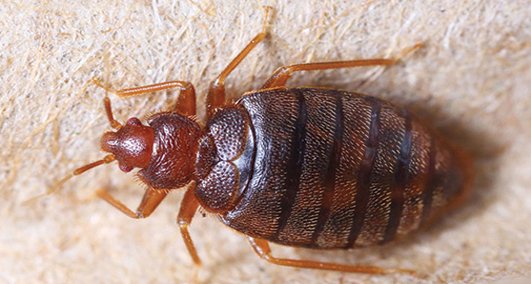
Understanding Bed Bug Infestation: Causes, Signs, and Solutions
Introduction
Bed bugs are small, reddish-brown insects that feed on the blood of humans and animals. These pests are known for their elusive behavior, making them a challenging problem for homeowners and renters alike. A bed bug infestation can lead to sleepless nights, anxiety, and skin irritations. Understanding the causes, signs, and effective treatment options for bed bug infestations is crucial in combating these unwanted guests.
What Causes Bed Bug Infestations?
Bed bug infestations often occur due to several factors:
- Travel: Bed bugs are notorious hitchhikers. They can easily cling to luggage, clothing, and personal belongings during travel, leading to their introduction into new environments.
- Used Furniture: Purchasing used or second-hand furniture without proper inspection can introduce bed bugs into your home. Mattresses, couches, and other upholstered items are common hiding places for these pests.
- Shared Spaces: Apartment complexes, hotels, and dormitories provide ample opportunities for bed bugs to move between units, making it easier for infestations to spread.
- Poor Hygiene: While bed bugs are not a direct result of poor hygiene, clutter and lack of cleanliness can provide them with hiding places and make detection more difficult.
Signs of Bed Bug Infestation
Identifying a bed bug infestation early can help prevent its spread. Common signs include:
- Bite Marks: Bed bug bites are typically small, red, and itchy, often appearing in clusters or lines on exposed skin.
- Blood Stains: Small blood stains on sheets, pajamas, or mattresses can indicate that bed bugs have fed and then been crushed.
- Dark Spots: Dark, rusty spots on bedding or furniture are often bed bug excrement. These spots can be difficult to remove and indicate a more severe infestation.
- Eggs and Shells: Bed bug eggs are tiny, white, and oval-shaped, while shed skins are translucent and may be found near bedding or furniture.
- A Musty Odor: A strong, musty smell may indicate a significant bed bug infestation.
How Bed Bugs Spread
Bed bugs can spread in various ways:
- Movement: Bed bugs can crawl quickly and easily move from one area to another. They can also travel through walls and ceilings.
- Hitchhiking: As previously mentioned, they can latch onto clothes, bags, or other belongings, making it easy for them to travel from infested locations to new environments.
Prevention Strategies
Preventing bed bug infestations is essential. Here are some effective strategies:
- Inspect Second-Hand Items: Thoroughly check any used furniture, mattresses, or clothing for signs of bed bugs before bringing them into your home.
- Protect Your Mattress: Use bed bug-proof mattress and pillow covers to create a barrier between you and potential infestations.
- Vacuum Regularly: Regularly vacuuming your home, especially in areas where bed bugs are likely to hide, can help reduce the chances of an infestation.
- Seal Cracks and Crevices: Caulk and seal any cracks and crevices in walls, floors, and furniture to limit hiding spots.
- Be Cautious While Traveling: Inspect hotel rooms and luggage upon return from trips to ensure you haven’t brought bed bugs home with you.
Treatment Options
If you suspect a bed bug infestation, prompt action is essential. Treatment options include:
- DIY Methods:
- Heat Treatment: Washing bedding and clothing in hot water and drying them on high heat can kill bed bugs and their eggs.
- Freezing: Placing items in the freezer at 0°F (-18°C) for several days can also eliminate bed bugs.
- Professional Pest Control:
- Chemical Treatments: Exterminators may use insecticides specifically designed to target bed bugs.
- Heat Treatment Services: Professionals can heat entire rooms to a temperature that kills bed bugs at all life stages.
- Integrated Pest Management (IPM): This approach combines multiple strategies for effective and long-lasting bed bug control.
Conclusion
Bed bug infestations can be a significant nuisance, but understanding their causes, signs, and prevention methods can help mitigate the risk. If an infestation occurs, taking swift action is crucial to protect your home and health. Whether through DIY methods or professional pest control, effective solutions are available to combat these persistent pests and restore your peace of mind.